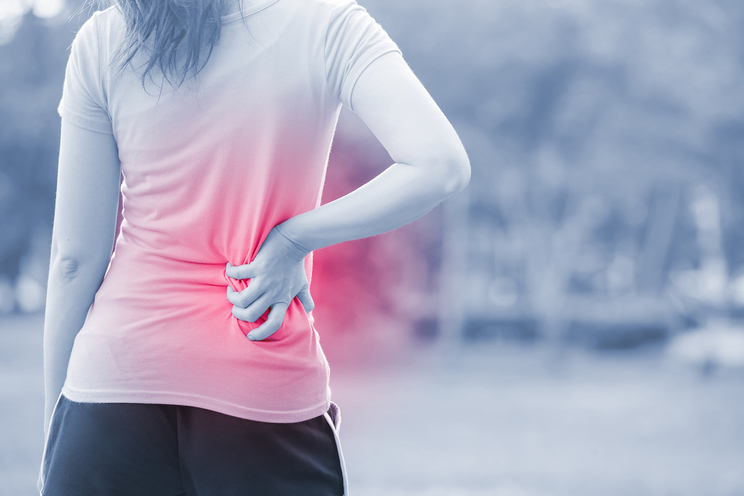
Knee pain treatment after 50 years: osteoarthrosis as a cause
Youth passes imperceptibly, and then old age comes – a word that some people are afraid to say. The general aging of the body is an inevitable process. We do not notice that we are getting old. Tissue nutrition deteriorates, the elasticity of blood vessels is lost, and immunity decreases because of aging. The aging process affects all organs. Physically, at 20, a person is capable of more than a person at 50. People of 50 years old visit the doctor with complaints of pain in the knee and stiffness of movements in this joint. Knee pain should be judged not as an enemy but as a warning. It indicates that something is wrong with the knee.
Osteoarthrosis is a joint disease that most often affects people after 50 years. This disease is associated with wear and tear on the knee joints. Most people do not even suspect that they are developing this disease, but the first manifestation of osteoarthrosis is a pain in the knee.
Osteoarthrosis of the knees: causes and symptoms
The cartilage, which provides cushioning, shrinks, and the bones rub against each other. The knee joint is one of the most resilient joints, but even this joint undergoes degenerative processes. The first sign of this pathology is a gradually increasing pain in the knee, which increases with physical exertion, lifting a load, and moving up the stairs. At rest and during sleep, pain may not occur. If inflammation joins the pathological process, the knee swells and hurts unbearably.
What other causes of knee pain?
The knee joint is highly mobile and one of the most active joints in the human body, so it experiences daily stress throughout the body while walking and standing. An increase in human weight inevitably leads to a load on the knee, and as a result, pain occurs. You may also feel knee pain with an intense workout at the gym, running, or lifting weights. Ligamentous injuries, dislocations, and fractures are common causes of knee pain. You can read more about it here:
How to treat knee pain?
If you have knee pain that does not go away for a long time, you should see a specialist. The doctor will make the correct diagnosis and prescribe a course of treatment for knee pain. Unfortunately, if osteoarthrosis is the cause of pain, it is impossible to cure it because it is more a process than a disease. Everything that doctors can do is to slow the progression of this condition. If you have been diagnosed with osteoarthrosis, do not panic. You will have to adjust your rhythm of life to this state. With osteoarthrosis of the knee joints, it is necessary to reduce such types of physical activity: running, jumping, lifting and carrying weights, squats, climbing uphill, walking upstairs. Fixed positions should also be avoided, such as prolonged sitting or standing, squatting, or bent position when working in the garden. Such postures impair blood flow to sore joints, as a result of which cartilage nutrition also deteriorates. Despite these restrictions, it is still necessary to lead an active lifestyle and perform exercises prescribed by your doctor.




